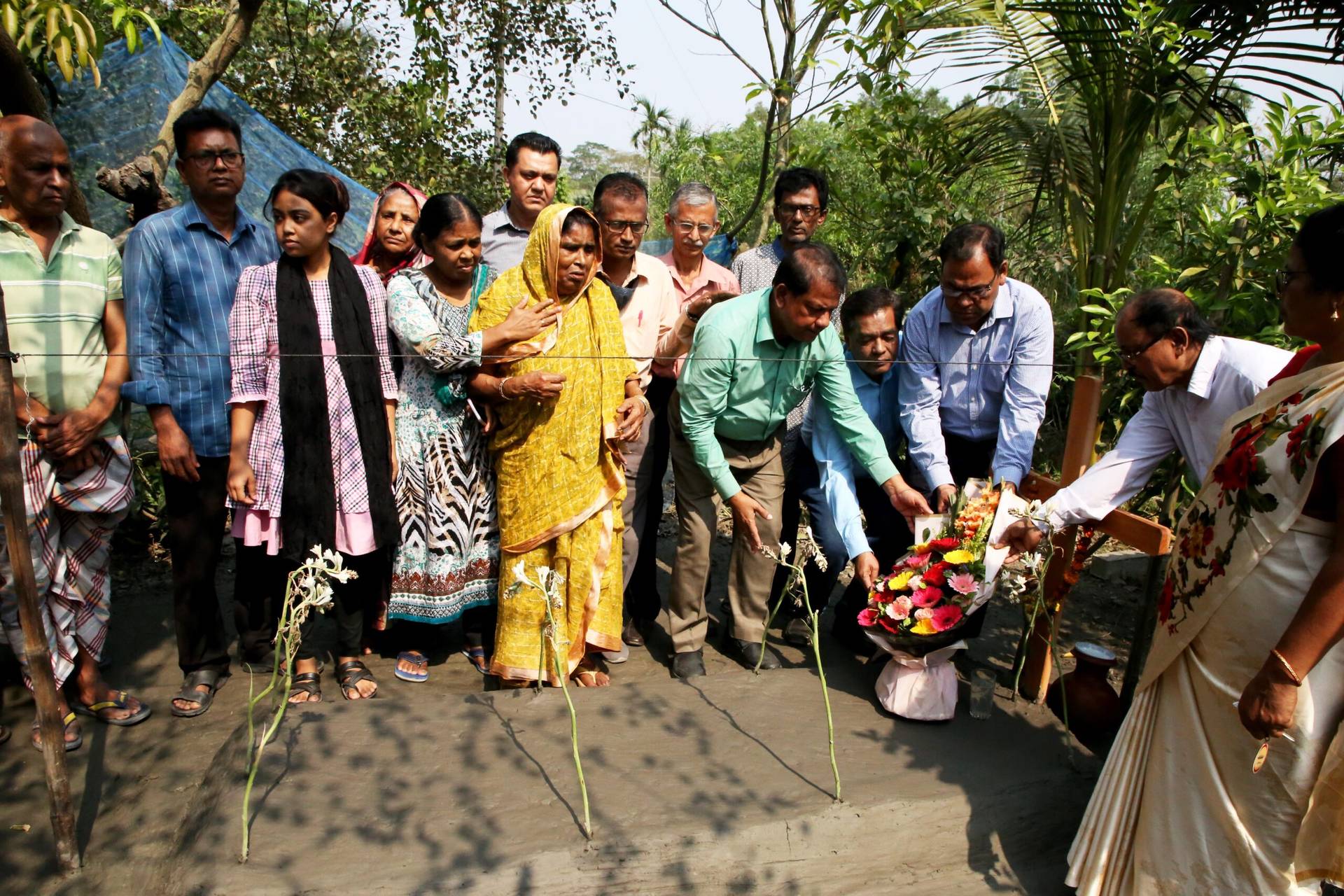ROME – More than a decade ago, I coined the phrase “Marian cool” to characterize Pope Benedict XVI’s attitude toward Mary. While the German pontiff developed a stronger attachment to Mary later in life than he had as a young theologian, when he feared Marian devotion was a distraction from the centrality of Christ, he’s remained distinctly cool to speculation about miracles, apparitions and revelations, always insisting they’re not the heart of the matter.
One of Benedict’s favorite theological tropes is that “simple believers” are often a better guide to the faith than the flights of fancy of academic theologians, and he appreciates that if that’s the measure, then Mary enjoys an unquestionable pride of place.
With Pope Francis, “cool” is hardly the right word, since he has a classically Latin American passion for the Madonna and for popular devotions to her that express the souls of so many cultures on his home continent. He knows that throughout Latin American history, hope in the maternal compassion of Mary has sustained individual people as well as whole peoples through their darkest moments.
As is well known, Francis has made the trek across Rome to the Basilica of Santa Maria Maggiore, the largest church in the world dedicated to Mary, to dedicate all of his foreign trips to her, and the first time we saw the pontiff tear up in public was when he visited the shrine of Our Lady of Aparecida in Brazil on his 2013 visit for World Youth Day. On March 11 of this year, Francis entrusted the entire world to the protection of the Virgin Mary amid the coronavirus pandemic, composing a special prayer under her traditional title as “health of the sick.”
Yet Francis too is suspicious of some of the more spectacular claims sometimes made by fervent Marian devotees. Famously, in November 2013 the pontiff declared that Mary “is not a postmistress, delivering messages every day,” in the context of answering a question about Medjugorje.
Perhaps for Francis, his Marian devotion too is rooted in the experience of “simple believers,” and his skepticism arises not so much from theological convictions like Benedict, but rather a more pastoral concern not to see those simple believers hoodwinked by people he believes are manipulating Marian faith for their own ends.
Rather than “cool,” then, maybe the best term for Francis’ style of devotion is “Marian Classic,” meaning a deep and abiding Marian faith that tends towards the classic expressions of that devotion – Our Lady of Lujan in Argentina, Our Lady of the Rosary in Guatemala, Our Lady of Guadalupe in Mexico, Our Lady of Coromoto in Venezuela, and so on, rather than newer-fangled phenomena which he may feel haven’t stood the test of time.
Even within newer Marian devotions, Francis appears to prefer the original expressions of those experiences rather than later derivations, and to trust their pastoral and personal fruits more than the alleged supernatural extravaganzas.
All of which brings us to a message Pope Francis issued Sunday to young people gathered at Medjugorje, the celebrated and also controversial site of reported Marian apparitions still officially under review by the Vatican.
The event is called “Mladifest,” using the Croatian word for “youth,” and is the second largest regular Catholic gathering of young people after World Youth Day. It’s held every year from July 31 to August 6, and usually draws around 50,000 youth and some 500 priests from around the world, though turnout this year obviously has been impacted by travel restrictions due to the coronavirus.
“The great model of a Church with a young heart, ready to follow Christ with freshness and docility, always remains the Virgin Mary,” the pope said.
“The force of her ‘yes,’ and of that ‘let it happen to me’ that she spoke to the angel, strikes us forever. Her ‘yes’ means committing herself and taking risks, without any other guarantee of her certainty of being the carrier of a promise,” Francis said.
“Her ‘behold the handmaid of the Lord’ is the most beautiful example, which shows us what happens when the human person, in freedom, abandons himself or herself in the hands of God,” the pope said.
“May this example always fascinate us and guide us!”
Nowhere in the brief, 750-word message did Francis refer to any of the alleged supernatural phenomena associated with Medjugorje, nor did he cite any of the messages that devotees believe Mary has delivered.
In a 2017 press conference, Pope Francis referred to the original apparitions at Medjugorje, which occurred when the reported visionaries were children, noting that they were studied by a commission headed by Italian Cardinal Camillo Ruini, the Vicar of Rome from 1991 to 2008, and that body was largely positive but recommended further study. As far as alleged apparitions still occurring today, he said, the report “had its doubts. He then added that personally he’s “more negative” and that these “presumed apparitions don’t have much value.”
Francis emphasized that he doesn’t dismiss the positive impact of Medjugorje on many of those who experience it.
“There are people who go there and convert, people that find God whose lives change,” he said. “This isn’t due to a magic wand, [but] this is a spiritual and pastoral fact that can’t be denied.”
That, perhaps, is the heart of “Marian Classic”: A passionate devotion to the Madonna, with a preference for time-honored expressions of that devotion, skepticism about thaumaturgical touches, and concern more for changed lives than spectacular revelations.
Later this month, on the Feast of the Assumption on August 15, when Francis is scheduled to deliver a special noontime Angelus address, we may well get another glimpse of the pope’s “Marian Classic” in action.
Follow John Allen on Twitter at @JohnLAllenJr.
















